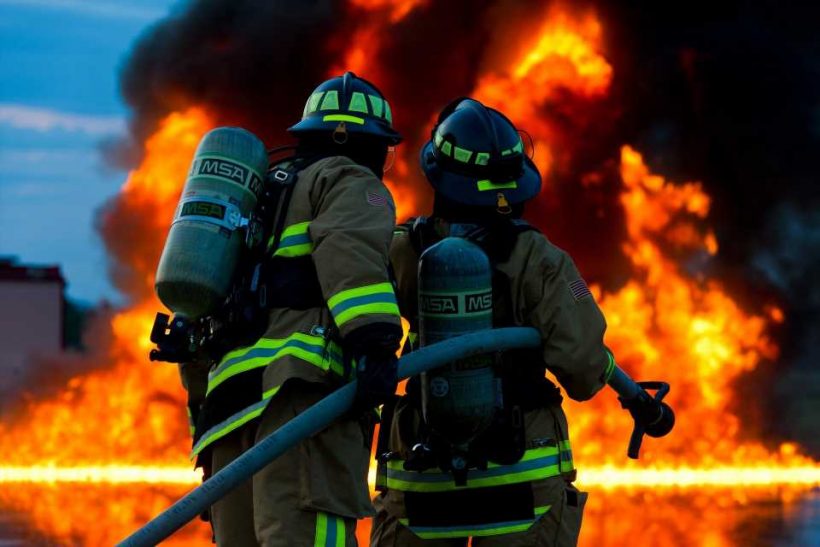
A new study by CUNY SPH researchers presents an improved system for evaluating associations between firefighting and adverse health outcomes.
Firefighters are at great risk for disease due to occupational exposure to combustion byproducts, but it is difficult to monitor these exposures due to safety concerns, randomness and variability of each fire incident.
To estimate quantities of smoke particles emitted during fire incidents, CUNY SPH doctoral alum David Goldfarb, Professor Ilias Kavouras and colleagues developed a refined job exposure matrix based on incident types, severities and response characteristics and applied it to a cohort of New York City firefighters.
The matrix is an improvement on prior methods which estimate exposure crudely, and thus increase the potential for exposure misclassification, the researchers say.
“This instrument can help us better understand the burden of exposure for other cohorts, cumulative dose-response relationships for different health outcomes and inform exposure prevention and planning,” says Goldfarb.
Better quantification of smoke particle concentrations using this tool will be key in understanding the short-term and long-term effects of firefighting and, when tracked during active employment, may support the development of strategies to mitigate exposures, Kavouras says.
More information:
David G Goldfarb et al, Development of a job-exposure matrix (JEM) for exposure to smoke particle mass among firefighters of the Fire Department of the City of New York (FDNY), Occupational and Environmental Medicine (2023). DOI: 10.1136/oemed-2022-108549
Journal information:
Occupational and Environmental Medicine
Source: Read Full Article
